Hyderabad based gaming studio, BornMonkie will be launching their game Auto Raja on the MPL platform next month.
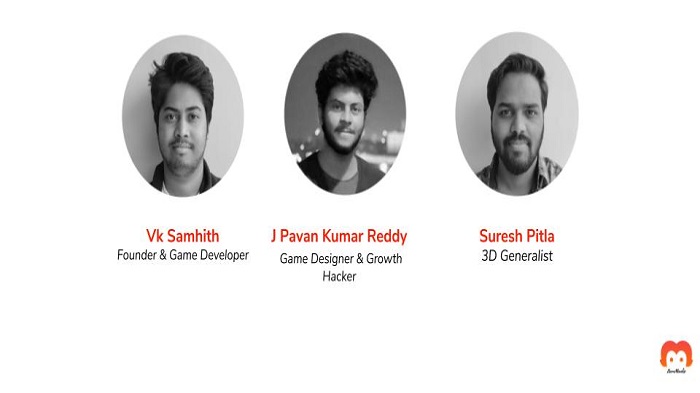
For designing the photo-realistic element they have traveled to places to click real-life pictures as a reference to create the realistic-looking computer-generated environment, objects for the game. From Charminar to food carts, to ice cream carts, it has it all! In conversation with Animationxpress BornMonkie VP J Pavan Kumar Reddy who works as a 3D artist and as a game designer says, “We went to shoot the locations of the old city, Hyderabad and collected references of local buildings, props to make the environment look closer to Indian style. Gathering all the references and info we moved to the next step which is modeling them all.”
They have shared their workflow of how they have designed the game. The steps that they kept in mind while designing the game are as follows:
- Laying out the large-scale features of the map, for players and enemies to move around in.
- Determining environmental conditions and ‘ground rules’ such as scoring systems, allowable weapons or gameplay types, time limits, and starting resources.
- Specifying certain regions where certain gameplay activities or behaviours occur.
- Specifying non-static parts of a level, such as and buttons with associated mechanisms, Specifying locations of various entities, such as player units, enemies, monster spawn points, resource nodes, weapons, save points, and so on;
- Specifying the start and exit locations for one or more players;
- Adding aesthetic details such as level-specific graphic textures, sounds, animation, lighting, and music;
- Introducing scripted event locations, where certain actions by the player can trigger specified changes;
- Placing the pathfinding nodes.
Here are the workflows of the two crucial design elements which has added more photo-realistic touch design-wise to the game:
Creation of the ‘the auto’: Auto or tuk-tuk was one of the prime elements of the design process and thus the team has taken time to work on photorealistic Indian Tuk Tuks/auto. To create it they were in need of a lot of skins as those were to be used for monetization in the game, as per the freemium game style. For auto or tuk-tuk they:
- First, they have modeled the auto on low poly mesh and a high poly mesh in Blender.
- They have brought it on the high poly mesh into Substance painter to generate all the different maps, including normals, curvature, AO, thickness, and position.
- Post that they applied those maps onto the low poly mesh, which has helped them to have low poly count with visually-gripping visuals on mobile devices.
- Then they picked colours for it, which was followed by the addition of grunge and dirt materials.
- They have used designed smart materials and have tweaked the parameters to get the desired results.
- Followed by the export of the auto textures with Unity metallic export preset and assembled the auto inside Unity with all the textures. As they required a lot of skins for a single auto, substances came as a handy in the making of quick changes with texture iterations to check them out on Unity.
The Tuk Tuk shown below is the classic auto in the game, which is very close to real autos in Mumbai and Hyderabad.
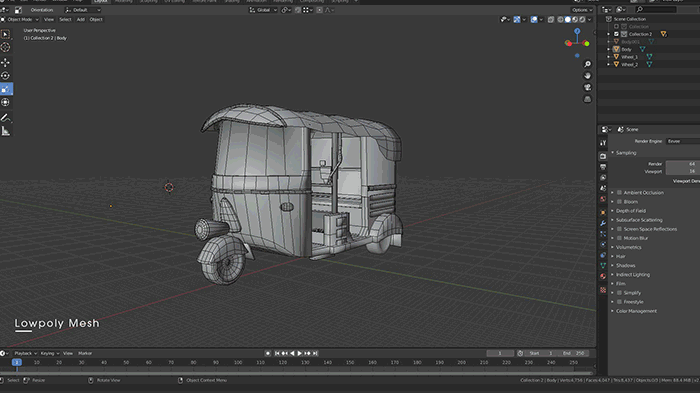
Creation of Charminar: Making of the Charminar was a challenging task for them. Firstly, they had to make sure that the monument should be light weight design-wise, should not engage a lot of RAM while playing the game. Secondly, they cannot compromise with the visual quality of it at the same time as it is one of the iconic monuments in India. The team said, “We decided early on that Charminar needed special attention.”They cracked the design of the monument like this:
- The Indo-Persian architecture inspired mosque has a lot of repeating patterns, like similar doors and windows, they took the route of making normal stamps.
- The normal stamps have saved a lot of their work, as they made the single high poly model.
- The Normal Stamps were generated from 3D models. A lot of repeated patterns were identified, and they later modelled on high detail and turned it into normal maps using Blender.
- Then imported those images into Substance and painted them onto the model, which gave the detailing that were required without the high poly mesh.
Here is a glimpse of creating detailed Charminar patterns in Blender and applying them in substance.
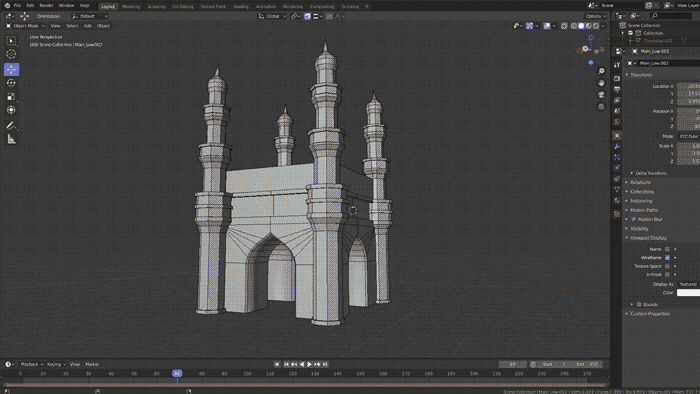
Here’s the glimpse of ice cream cart :
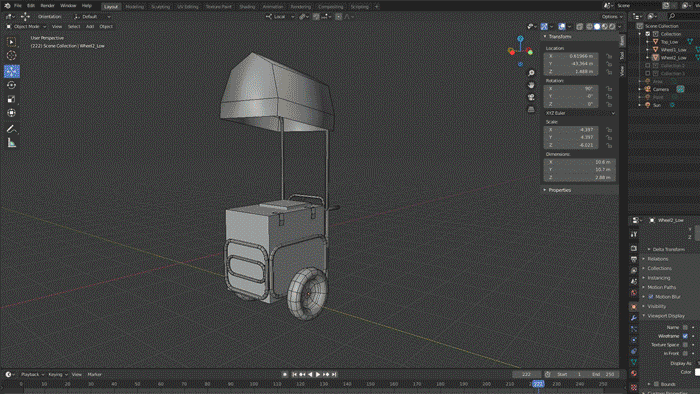
Here’s the glimpse of cart:
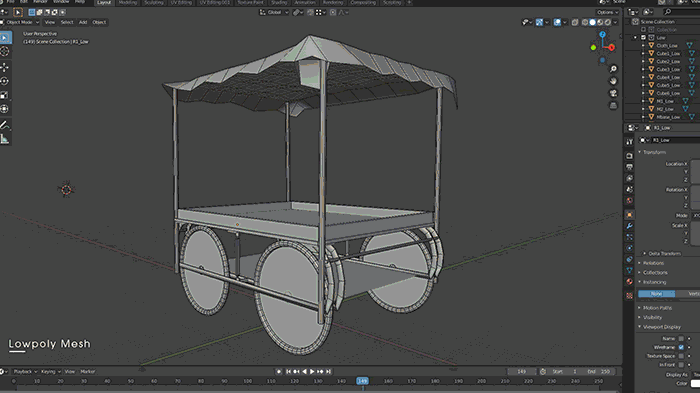
The studio are waiting for a period to receive as many bug reports as possible. Once they obtain enough feedback, they will initiate their work on a patch. That might require weeks or months to develop, but they are intended to fix most bugs and problems with the game. The team admits that occasionally a patch may also include extra features or content or which may even alter the gameplay.

